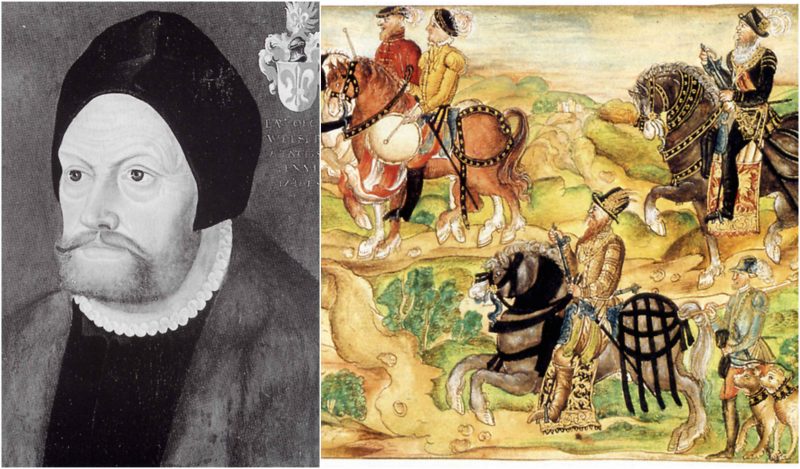Prince Bartholomeus Welser was a German banker who lent a fortune to Charles V, Emperor of the Holy Roman Empire.
Since Charles wasn’t able to repay his debt, he signed an agreement, granting a concession in Venezuela Province to Bartholomeus Welser.
The Province had the name Klein-Venedig until 1546, when the concession was revoked.
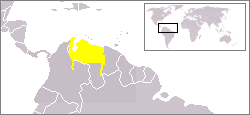
Even Germany managed to colonize pieces of the Americas. It was only a few islands in the Carribean that Germany ruled in the 16th and 17th centuries.
But unexpectedly, the Welsers obtained the colonial rights for the Province of Venezuela. Hence, many Germans moved there between 1528 to 1546.
Wesler encouraged miners from Germany to move in Klein-Venedig. He also had 4,000 African slaves who worked on the sugar plantations.
Unfortunately, many of the Germans who moved to the colony died from tropical diseases or got killed by the Indians while searching for gold.
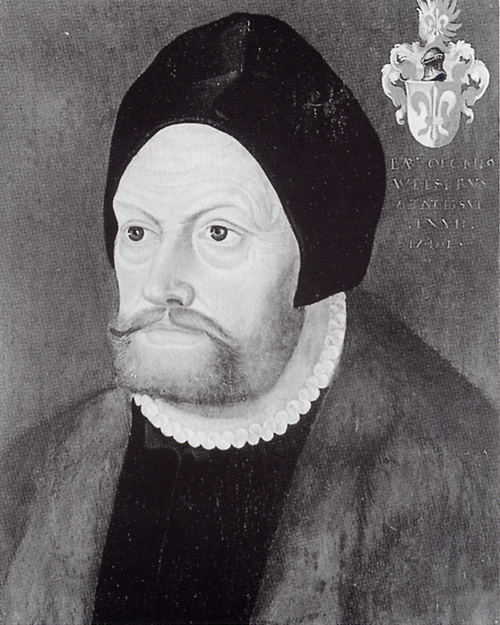
The Germans were mostly excited about searching the golden city of El Dorado, and their expeditions began as early as 1529.
The project was initiated by Ambrosius Ehinger, who was the first governor of the Welser concession. Ehinger was also the governor of Santa Ana de Coro, the capital of the Province of Venezuela.
Searching for El Dorado, Ehinger got to Lake Maracaibo, where he was confronted by the indigenous people, the Coquivacoa.
After he had defeated against the natives, he founded the settlement at Maracaibo, giving it the name New Nuremberg. The city was renamed Maracaibo after the Spanish took possession.
In 1531, Ehinger, with 40 horses, hundreds of soldiers, and a countless number of allied Indians, went on his second expedition to find El Dorado.
Even though they were well equipped, their journey ended fatally for many members of the team, as well as for Ehinger who was pinned down by Chitareros Indians shooting arrows. The members of the expedition who survived went back to Coro.
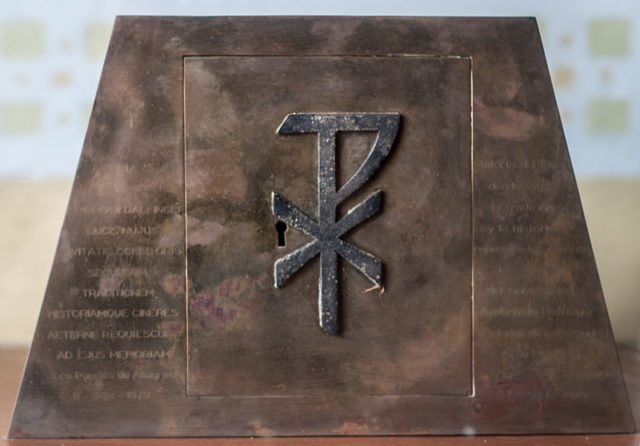
Ehinger was succeeded by Georg von Speyer, a young fortune seeker who was appointed as a governor of Venezuela by Charles V.
He arrived in Coro at the beginning of 1534 and appointed Ehinger’s lieutenant, Nikolaus Federmann, as his own.
Federmann had previously accompanied Ehinger on his expeditions, and then joined Speyer in his search for El Dorado.
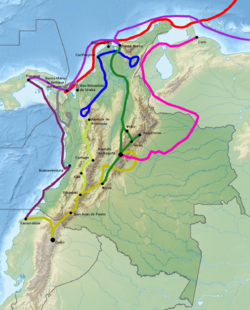
In the following years, he led an expedition for El Dorado in southwestern Venezuela and northern Colombia.
The journey lasted for three years, and was followed by many adventures and peripeties.
Unfortunately, it ended just like the previous expeditions by Ehinger – unsuccessful, with many people getting seriously ill or dying.
Speyer himself got sick and resigned as governor in 1539 and died in 1540 at the age of 40.
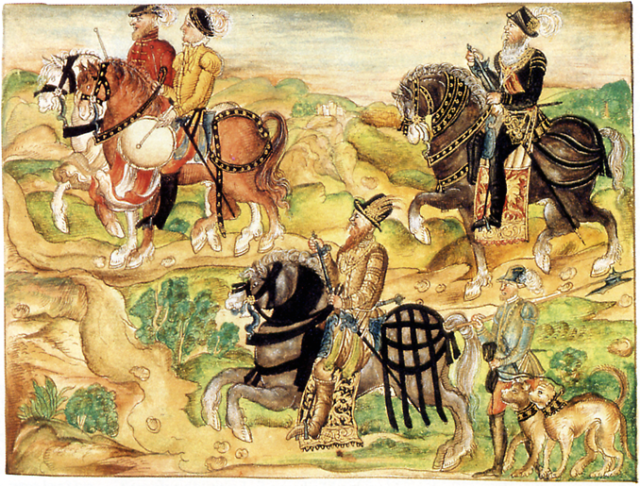
After Speyer’s death, Philipp von Hutten was appointed as a governor of Venezuela in 1540.
Just as his predecessors, he also went on a long journey in the search for El Dorado.
This one was the longest one, and it endured hunger, fevers, conflicts with the natives, bad weather, and getting lost until 1546, when von Hutten and his followers arrived in the capital of Omaguas, where they were defeated by the Indians living in the city.
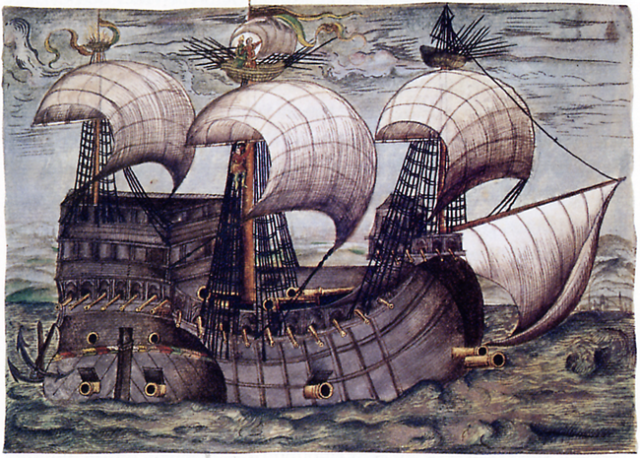
Von Hutten, wounded, led his surviving men back to Coro.
When they arrived in Coro, they were met by Juan de Carvajal, a Spaniard who, in the absence of von Hutten, was appointed by the Royal Audiencia of Santo Domingo to preserve order in Venezuela.
Since so many years had passed without any word of von Hutten, Carvajal assumed that all the members of the expedition have died.
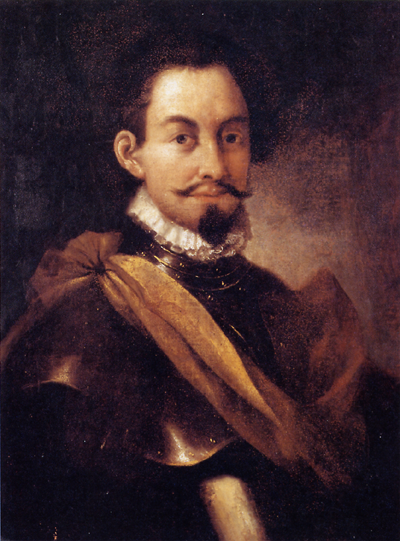
He also found his position satisfying, and wasn’t willing to step back when von Hutten showed up alive.
Instead, he wanted von Hutten and his followers to acknowledge his authority by force.
But Carvajal underestimated the power of the survivors from the expedition and was severely wounded by Bartholomeus VI.
Later, he attacked the Germans again while they were trying to get to the coast through Coro. He captured Hutten and Welser and kept them in chains for some time until he decided to execute them.
Subsequently, Charles V revoked Welser’s charter, and Klein-Venedig ceased to exist as a German colony.
